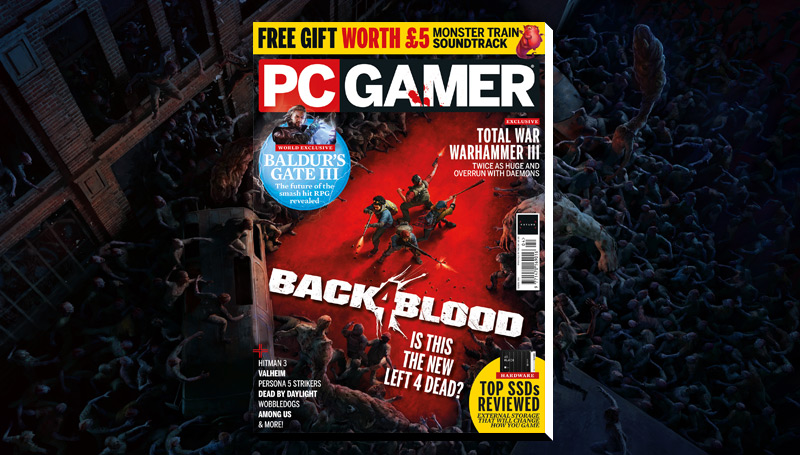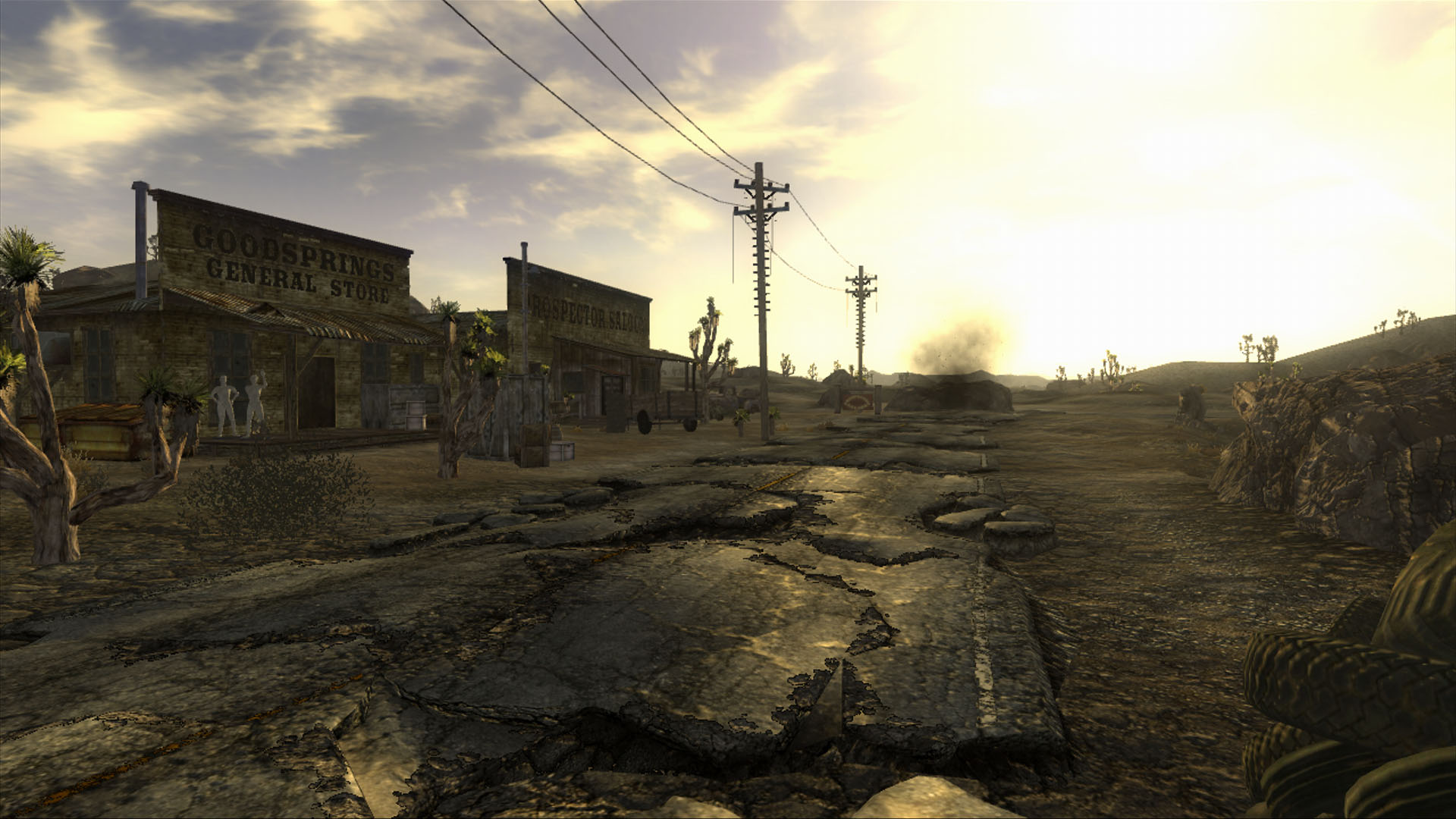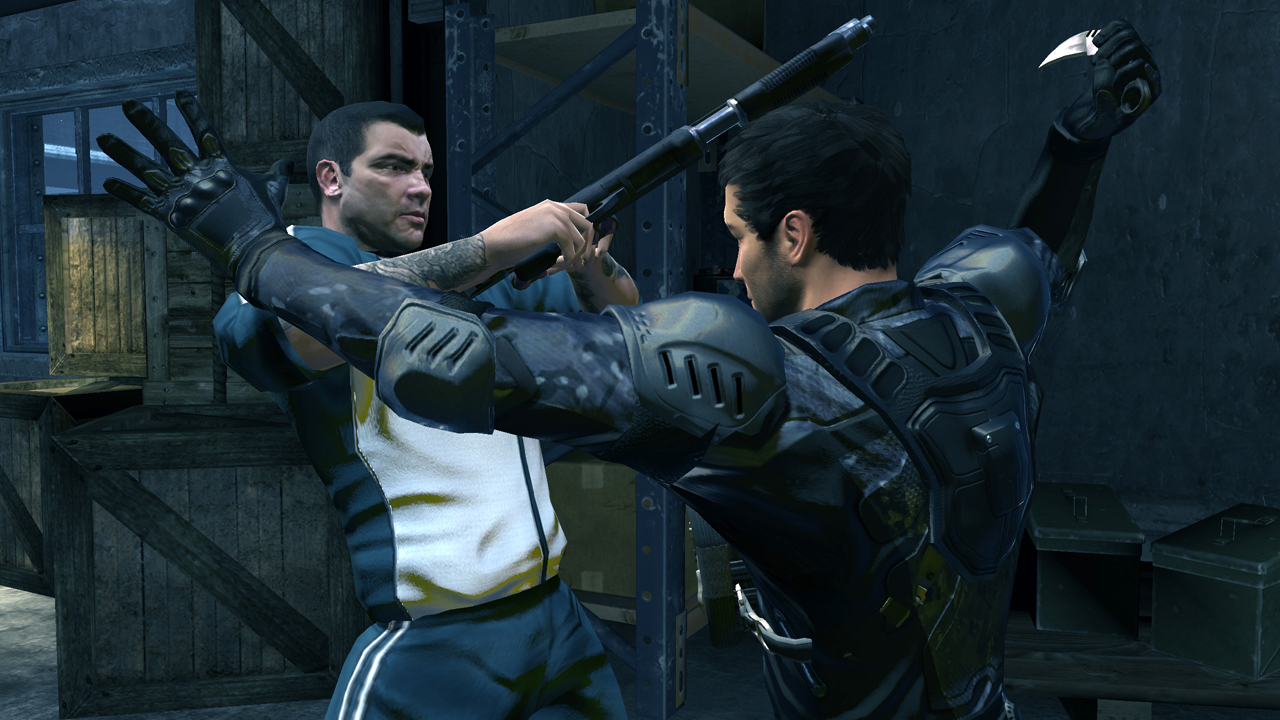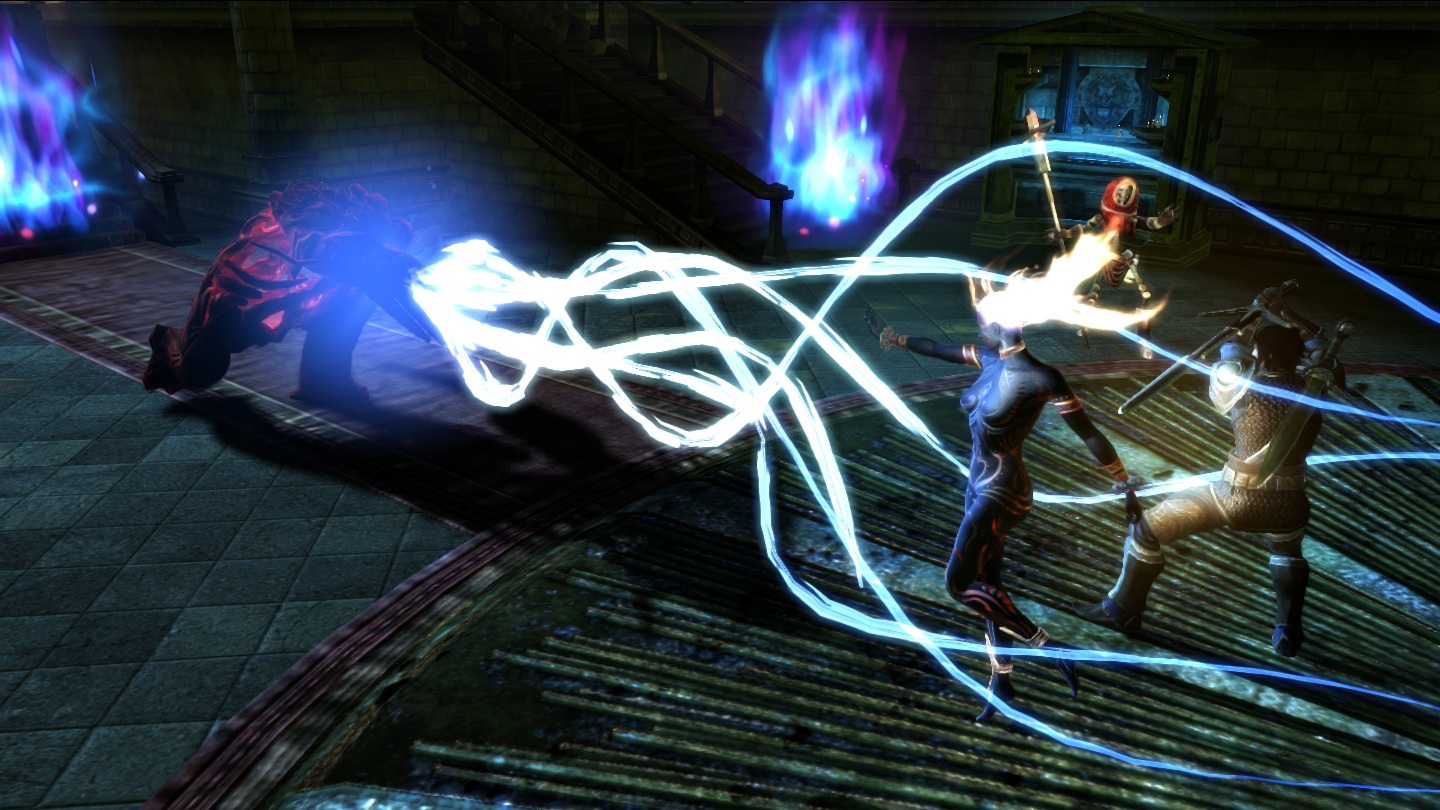How Obsidian built its reputation for masterful, yet buggy, RPGs | PC Gamer - hernandezconsis
How Obsidian built its repute for masterful, yet buggy, RPGs

DNA TRACING

This article number one appeared in PC Gamer magazine issue 353 in February 2021, as take off of our 'DNA Tracing' series, where every month we delve into the lineages behind iconic games and studios.
The irradiated toilet bowl offers one of the bleakest dilemmas in Fallout: New Vegas. In hard-core mode, you have to stay hydrated in the desert or face dwindling stats and, ultimately, death. In a pinch, a gulp of 200-year-echt piss water might just relieve your life. Temporarily, at least: in an interestingly ironic twist, the personal effects of radiation poisoning in Radioactive dust are much the synoptical as dehydration.
It's a typographical error poisoned chalice, the ultimate immoral deal. Even most players took information technology, glugging cut down the brown stuff at one and only point or another in order to hold up.
It's the same quandary faced by the large independent developer. Where small indies buns keep costs low, and publisher-closely-held studios enjoy corporate security, outfits like Obsidian exist for many geezerhood in a modality of terrifying fragility. With hundreds of employees on payroll who need a cheque at the end of all month, these developers rarely have got the option of turn publishers down. They necessitate to sign the next project, reconciliation creative integrity with practical compromises. For a decennary and a half, it was Obsidian CEO Feargus Urquhart's line of work to circle that pot bowl without ever resorting to slurping the cursed liquefiable within.
"At that place is a seamy underbelly to game publishing and development, in which there are a lot of developers that have to reach games they wouldn't select the least bit to do, to keep on the doors open," Urquhart told IGN Unfiltered a few years ago. "It's a really hard decision to make, particularly when the deal you'ray getting is maybe non even one that covers your monetary value. We've been offered a lot of that stuff, and we've ready-made the conscious decisiveness to turn information technology down."

Sour alliances
Today, Obsidian is owned away Xbox. But to understand the games the studio apartment has made across its 17-year history—to square the colorful writing with the bugs and the unfinished stories—you need to bear that older circumstance in listen, the natural selection mode of the big contractile organ. The first via media came immediately after Obsidian was founded. Its initial staff was almost entirely made functioning of refugees from the shuttered Black Isle Studios, which had worked happening not only Radioactive dust and Icewind Dale, but the Baldur's Gate: Dark Alliance series of execute role-playing games. The developer had pitched a Gloomful Alinement-style Star Wars courageous to LucasArts—and believe it or not, was bummed out to be handed Knights of the Old Republic 2 instead. It was only if when Urquhart called up Bioware's two doctors—Ray Muzyka and Greg Zeschuk, then building an RPG empire—that Obsidian came around to the business sense of acceptive a fancy that wasn't its own idea.
In many slipway, Knights of the Old Republic 2 set the template for Obsidian's run of troubled, yet elysian, RPGs. It delivered as a continuation to BioWare's epic fib, piece rejecting the soiled-and-white morality of the Force in favour o of a nicety that felt subversive in the Star Wars universe.

Eventually it also felt rush, because it was: from the moment of sign language the contract, Obsidian was given 15 months to hold the game pass off. Particularly galling was an extension the studio believed it had secured—only to later be told the game had to surface for Christmas 2004 after all. The team cut a whole planet, stripped back its branching ending, and sucked it up. With the mould set, Obsidian became the studio publishers went to for RPG sequels on a tight budget. Neverwinter Nights 2, Fallout: New Vegas, Donjon Siege 3—all were accomplished but compromised. In tandem, the developer developed a reputation for excellent storytelling and runaway bugs, the last mentioned of which IT has only lately begun to shake.
It seemed as if the right mettlesome could become Obsidian's Mass Essence, firing the team into the kingdom of huge franchise budgets, financial security and leisurely QA fourth dimension.
Throughout the late 2000s, it certainly felt as if Obsidian was constantly happening the verge of a megahit. Mainstream gamers had discovered a taste for choice and consequence, and the studio's skillset was perfectly allied with the zeitgeist. It seemed as if the right game could become Obsidian's Mass Event, firing the team into the kingdom of huge dealership budgets, financial security and leisurely QA metre.
But the game was lateen-rigged. Obsidian did have its megahit in New Vegas, a densely reactive adventure which well-tried hugely popular despite its discipline shortcomings. But American Samoa a contractor, the studio didn't stand to benefit nearly such as publisher Bethesda did. Infamously, Obsidian lost come out of the closet on a bonus by a single Metacritic percent compass point, and Urquhart has since described the decision to withhold that cash boost as "junior-grade". The incentive is a moot point, however—it was the studio's helpful position in the business organisatio that prevented it from reaping the potential rewards.

Confidence crisis
Kickstarter actually provided a partial way out. For Obsidian, a nostalgic return to the ERA of correspondence RPGs was solitary good. The move to 3D had ne'er favoured its composition, which flourished in the literate space where players' imagination filled in the blanks for the distant character red sprites. And once the studio had ready-made the auld-intentional fantasy Pillars of Timeless existence, IT used the unchanged engine to anatomy Tyranny, a gamey and strange journey done the ruined realm of a Marxist Sauron. Like Knights of the Old Republic 2, Tyranny turned videogame ethics on its head—casting you atomic number 3 a lieutenant who might at C. H. Best sneak small acts of healthful into the lengthwise of an evil regime.
But Tyranny, and Pillars of Timelessness 2 after it, sold mischievously despite critical plaudits. The response left the latter's game director, Josh Sawyer, confused—lacking confidence and unsure of how to barge in. The External Worlds, released last year, felt somehow RPG-by-numbers pool, as if Obsidian was newly afraid to follow its instincts.
In that sense, the Xbox acquisition is Obsidian's toughest dispute up to now. Patc the studio's years as a toilet-orbiting survivor are over, security department brings difficult questions. With proper funding, will the dream Obsidian game prove to be what the public wants? Or is the bittersweet odour of unrealised potential a nam part of the charm? We won't bon until the launch of its biggest pitch however, the Skyrim-killer, Avowed.
Source: https://www.pcgamer.com/how-obsidian-built-its-reputation-for-masterful-yet-buggy-rpgs/
Posted by: hernandezconsis.blogspot.com


0 Response to "How Obsidian built its reputation for masterful, yet buggy, RPGs | PC Gamer - hernandezconsis"
Post a Comment